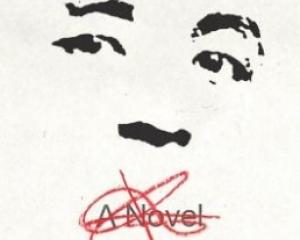
The first book, My Brilliant Friend, ended with the girls Lila and Elena, aged 16, heading for very different futures. Although both girls are clever, Lila has chosen to marry Stefano Carracci rather than continue her education, while Elena is studying hard in hopes of gaining a place in a tertiary institution.
She has a nice house and her husband's good name but Lila soon realises her marriage was a mistake. She embarks on a bizarre attempt to embarrass and annoy Stefano. She takes over the running of his grocery shops and imposes demands on the staff, as well as giving large handouts from the till to her friends. Stefano by turns beats her or indulges her, all the time emphasising his family's wish that she bear him a child.
Elena meanwhile has won a place at a college in Pisa, an almost unheard-of event in her family, and is to travel alone to this faraway place, have a room of her own, and books provided. She loses touch with Lila for a while, although always thinking Lila could have taken the same route.
The two meet again for a holiday and Lila has an affair with Elena's supposed boyfriend, culminating in pregnancy. Rather than be enraged by this turn of events, her husband is delighted, simply refusing to believe that the child isn't his.
At first Lila is besotted with the boy and devotes her time to stimulating and educating him, although he soon tires of her efforts. Eventually Lila leaves Stefano and moves in with an old schoolmate, sharing a dingy flat and taking a job in a salami factory.
Elena has passed her exams, had a novel published and is considering a teaching career. She visits Lila in her less than salubrious surroundings and finds that Lila and her flatmate are studying hard in their free time, both immersed in mathematics.
This is where this second book ends and it seems there is a great deal more to find out about these two women and their various connections. There are many other characters described and I found it useful, if rather annoying, to continually refer to the preface where there is a detailed biography of all the main players.
It's a good read, if a bit too detailed. The women and their different careers are interesting and the writing and translation from Italian are first-class.
- Helen Adams is a retired nurse and keen reader.


